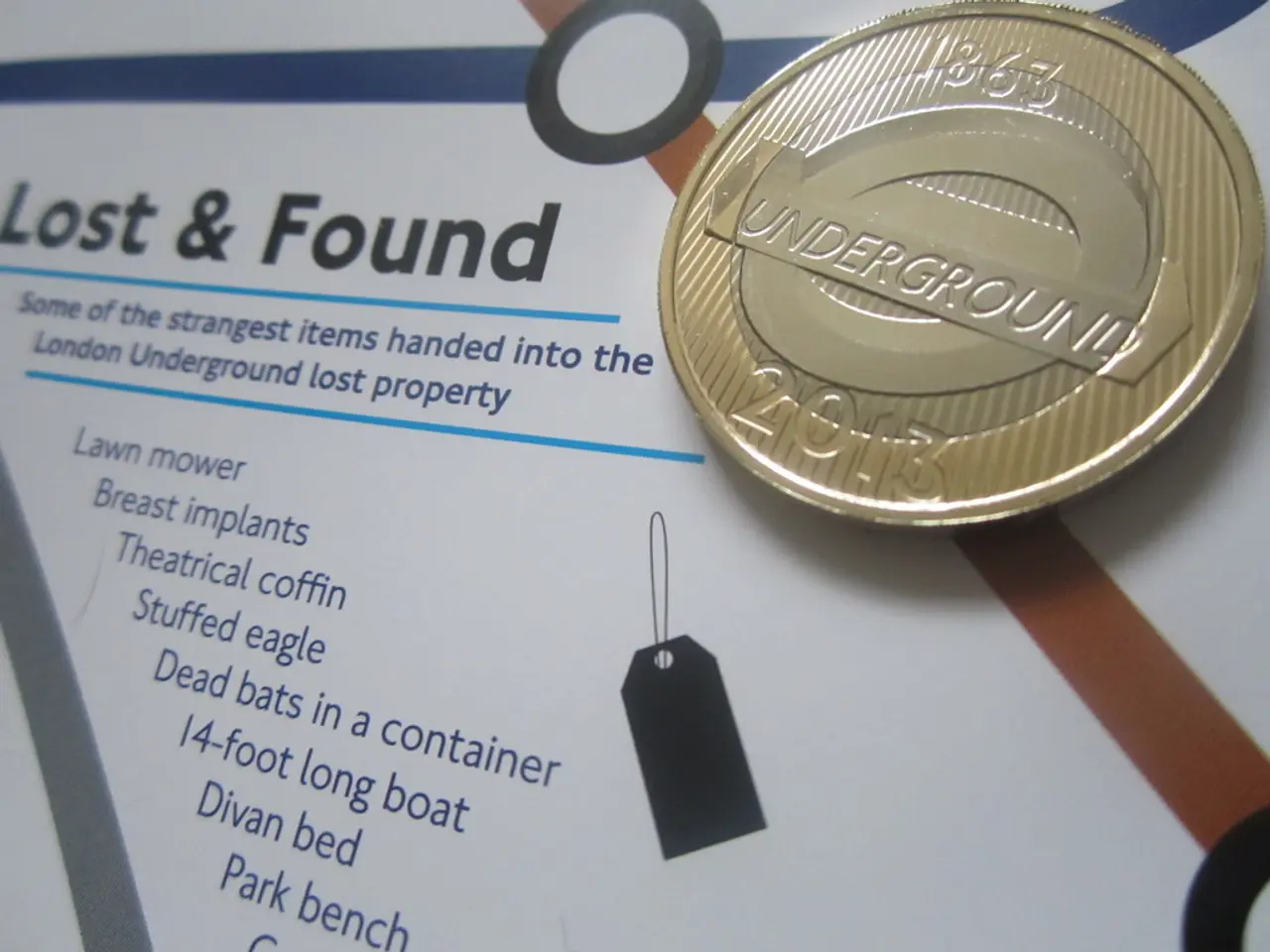Stablecoins deemed non-securities by the Securities and Exchange Commission
SEC Clarifies Stablecoin Classification, Leaving Tether's Status in Question
Last week, the U.S. Securities and Exchange Commission (SEC) issued a statement on stablecoins, providing clarity on their regulatory status. According to the SEC, stablecoins that meet certain conditions and are fully backed 1:1 with USD reserves, known as "covered stablecoins," are generally not classified as securities.
The SEC's statement comes after a series of regulatory scrutiny and enforcement actions, particularly towards Tether (USDT), which has faced issues regarding its reserve composition and transparency. Tether's reserves include not only cash but also other assets like commercial paper, secured loans, and some non-cash reserves. This, combined with a lack of full third-party audits, has raised concerns and cast doubt on its classification as a covered stablecoin.
In contrast, stablecoins like USDC, which are fully USD-backed with transparent reserves and third-party audits, are better positioned to meet the SEC’s requirements for "covered stablecoins" and avoid securities classification.
Commissioner Caroline Crenshaw, however, dissented from the SEC's stance on stablecoins. She expressed concerns about the risks associated with stablecoins, particularly their opacity, lack of collateral, and potential instability. Commissioner Crenshaw believes that these risks are distributed across multiple layers of the distribution chain.
The SEC's rationale for considering that covered stablecoins are not securities relies in part on the Reves Test from a 1990 legal case, Reves v. Ernst & Young. For stablecoins to be considered securities, investors are likely to expect a profit, which isn't relevant for non-yield bearing stablecoins.
In addition to the stablecoin guidance, the SEC has also revisited guidance notes on considering cryptocurrencies as investment contracts, qualified custodians, and funds investing in Bitcoin futures markets. The SEC has also created a crypto taskforce and held the first of several crypto roundtables.
The SEC's statement removes some legal uncertainty from Circle's IPO, which is expected to be the first cryptocurrency exchange to go public. However, it potentially allows the SEC to sidestep questions around the new USD1 stablecoin from World Liberty Financial, which is controlled by the Trump family.
The SEC has also rescinded SAB 121 that prevented banks from providing digital asset custody. Acting Chair Mark Uyeda outlined several other areas the SEC plans to revisit in digital assets. The SEC has given guidance on meme coins and crypto mining, and it has withdrawn from various legal cases.
Despite the SEC's latest guidance, the status of Tether's stablecoin remains uncertain. Tether's reserves, which include 9% metals and crypto and at least another 8% that may not be low risk and readily liquid, would likely not be classified as 'covered' stablecoins. Commissioner Crenshaw's concerns about retail holders not being able to redeem stablecoins directly also add to the uncertainty surrounding Tether's regulatory standing.
Read also:
- Show a modicum of decency, truly
- Latest updates for July 31: Introduction of Ather 450S with expanded battery, unveiling of new Tesla dealership, and additional news
- VinFast's debut EV plant in India, Tata Harrier EV distribution starts, next-gen Mahindra Bolero sightings caught on camera
- Tesla-powered residences in Houston create a buyers' frenzy








